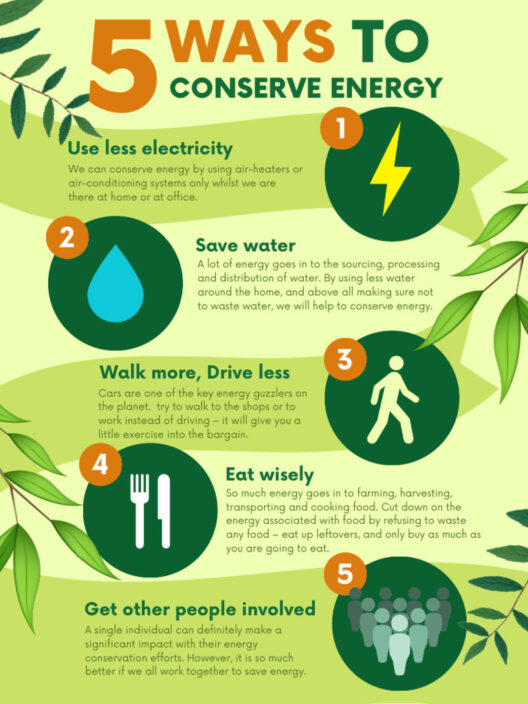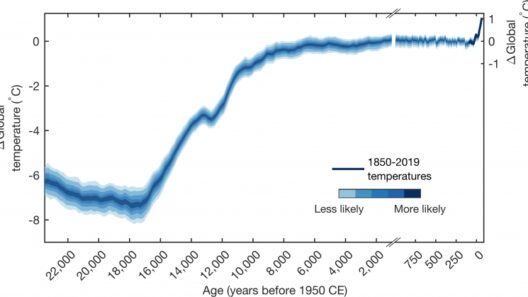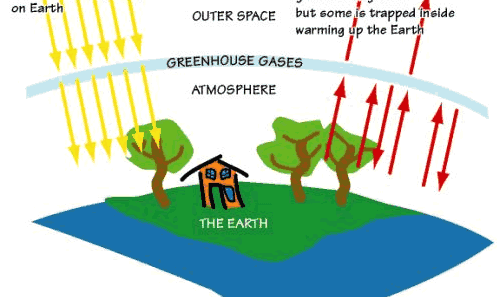As global temperatures rise and weather patterns become increasingly erratic due to climate change, farmers face formidable challenges. From debilitating droughts to unanticipated floods, the agricultural sector is at a pivotal crossroads. So, how can farmers not only survive but thrive in this new era of global warming? This question poses an interesting challenge: adapting to these changes requires innovation, education, and a robust understanding of sustainable practices.
First and foremost, understanding the ramifications of climate change on agricultural productivity is crucial. Farmers are the stewards of the land, but continuous changes in temperature, precipitation, and the frequency of extreme weather events directly impact crop yields. They must develop a keen awareness of regional climate projections and adjust their planting schedules accordingly. Employing climate-smart agricultural practices can significantly mitigate the adverse impacts of climate change on food security.
A significant challenge farmers encounter is the choice of crop varieties. Conventional crops may no longer be viable in a warming world. Therefore, research into more resilient, drought-tolerant, or flood-resistant crop varieties is imperative. This task requires collaboration with agricultural researchers and access to genetic resources that can withstand the extreme conditions. Embracing the cultivation of indigenous and heritage varieties can also bolster food security by promoting biodiversity.
Furthermore, soil health cannot be overlooked. Soil acts as a critical reservoir for water and nutrients and is pivotal in supporting crop growth. Farmers should adopt regenerative agricultural practices to enhance soil health, such as cover cropping, reduced tillage, and organic amendments. These techniques not only improve soil structure and fertility, but they also increase the soil’s capacity to sequester carbon, thereby combating climate change. Isn’t it fascinating that the very ground we tread can play a substantial role in reducing greenhouse gas emissions?
Irrigation strategies must evolve to counteract the uncertainties of precipitation. Traditional irrigation methods may become obsolete in the context of climate variability. Exploring advanced irrigation systems, such as drip irrigation or rainwater harvesting, may yield significant benefits. These techniques improve water efficiency and help to alleviate the stress caused by prolonged dry spells or unexpected deluges. To adapt, farmers need to invest in technology and infrastructure that optimize water use and ensure sustainability.
This leads to the crucial matter of integrating technology into farming practices. Precision agriculture represents a transformative shift in how farmers approach crop management. Through the use of sensors, drones, and data analytics, farmers can monitor crop health, soil moisture, and nutrient levels in real-time. By leveraging this information, farmers can make informed decisions that enhance productivity while minimizing resource wastage. Picture a farmer piloting a drone over their fields, gathering critical data to inform their next steps—now that’s innovation in action!
Adapting to climate change also necessitates a reevaluation of pest and disease management strategies. Warmer temperatures can exacerbate pest populations and disease prevalence. Farmers ought to foster biodiversity by implementing integrated pest management (IPM) techniques, which will allow for natural pest control methods rather than solely relying on chemical pesticides. Encouraging beneficial insects and utilizing crop rotation are both effective strategies to mitigate pest pressures while promoting ecosystem resilience.
Another significant consideration is the importance of community engagement and education. Farmers do not operate in a vacuum; they are part of a broader agricultural ecosystem. Sharing knowledge and experiences among farmers, local agricultural extension services, and research institutions is vital. Workshops, community meetings, and online forums can foster collaboration and the dissemination of innovative practices. An informed community can respond more adeptly to challenges posed by climate change.
Policies and government support play a pivotal role in enabling farmers to adapt to climate change effectively. Developing agricultural policies that emphasize sustainability, provide financial assistance for implementing climate-resilient practices, and promote research and development is essential. Farmers should advocate for programs that encourage eco-friendly practices and offer incentives like tax breaks for those adopting innovative technologies. Wouldn’t it be optimal if governments prioritized climate resilience in agriculture as a cornerstone of their economic plans?
Lastly, the ethical dimension of climate adaptation cannot be ignored. Food sovereignty, social equity, and environmental justice should underpin the strategies employed by farmers. These principles ensure that adaptations to climate change do not exacerbate existing inequalities or disenfranchise vulnerable communities. Empowering small and marginalized farmers through access to resources, education, and fair markets is crucial for creating a sustainable food system that can weather the impacts of climate change.
In summary, adapting to the challenges of global warming requires a multifaceted approach that envelops innovative agricultural practices, technology, community engagement, and supportive policies. This is not merely a technical adjustment but a comprehensive transformation in how farmers operate. By embracing resilience, farmers can safeguard their livelihoods and contribute to a sustainable future for all. Working together, we can navigate the uncertainties of climate change and foster an agricultural landscape that thrives in harmony with the planet.








